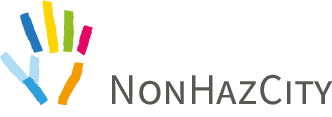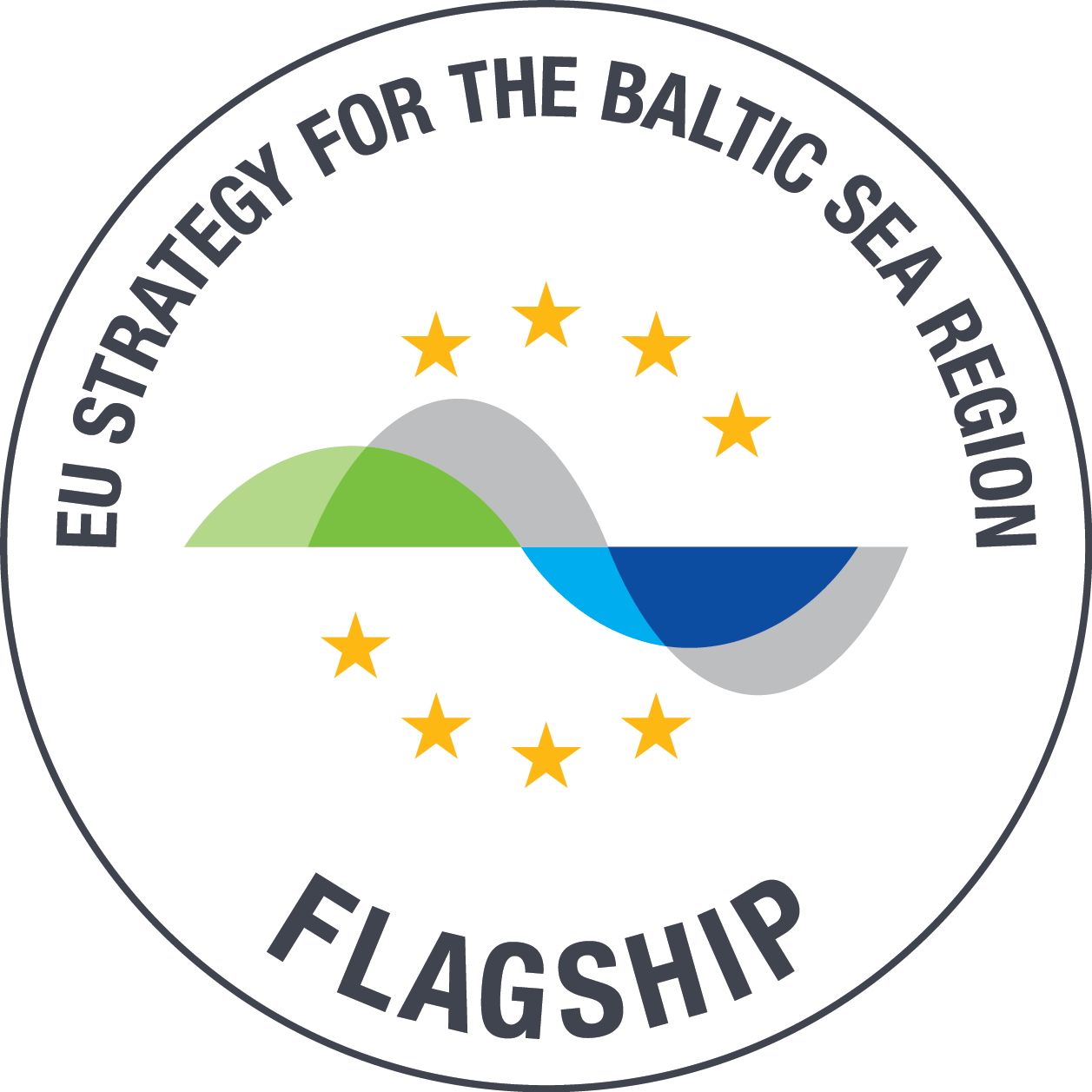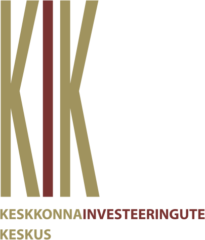Om kampanjen ”Think Before”
Informationskampanjen “Think before” startade inom projektet “Baltic Info Campaign on Hazardous Substances” (LIFE 10 INF/EE/108) som delfinansierades av bidrag från EUs projektfinansieringsprogram LIFE+ under perioden 2011-2015. Den här hemsidan och delar av projektet NonHazCity är en vidareutveckling av den kampanjen.
Information om kampanjen Think before you buy finns bara tillgänglig på engelska.
About Think Before
- We believe that we can avoid or reduce the risk of being harmedby hazardous substances if we make good choices on the everyday products we use.
- We rarely think about it, but everyone is continuously exposed to a high varietyof chemicals. They are contained for example in our toothpaste, shampoo, clothing, kitchenware, furniture and even children’s toys. Some of these chemicals may be hazardous and could cause damage to health or the environment.
- We come into contact with these substances directly when using different productsor we can also be exposed via the environment through air, drinking water or our food.
- We as consumers are also responsible for the existence of hazardous substances in our products and their emissions to our living and natural environment. We have the powerto change the market demand by making better choices and exert pressure on companies manufacturing these products.
WHY WERE WE CAMPAIGNING?My heading is awesome
START NOW. THINK BEFORE YOU BUY!
The LIFE+ project was meant to help. NGOs, universities and businesses in Estonia, Latvia, Lithuania and Germany teamed up to start an international info campaign on hazardous substances.
Our aim was to campaign for every consumer to be able to make an informed and better choice about everyday-products.
We had selected very widely used everyday products such as cosmetics, baby care products, toys, household chemicals, construction materials and car care products and explained which hazardous substances could be contained in them, what could be their effects and how they could be avoided. This was meant to support awareness raising on the issue of hazardous substances, training on making informed choices and motivate all users of this information to increase pressure on the manufactures of these products.
We wished to:
- give a general overview of the health and environmental problems related to the use of hazardous substances;
- inform about which hazardous chemicals can be found in different everyday products and;
- give advice how to find safer alternatives and minimize the exposure from hazardous chemicals.
How were people involved?
- Materials- information materials were available on our project website
- People were able to follow the news and come to our events
- They were able to ask information from shop assistants
What did we do?
- We wanted to provide general information on the health and environmental problems related to the use of hazardous substances;
- We wanted everyone to know how to protect their health, their children and the surrounding environment from hazardous substances by choosing products which contain less or less hazardous substances or by using them in a safer way;
- We wanted to provide consumers with information and tools to support them in their purchasing decisions;
- We tested different types of products, blood and house dust for particularly hazardous substances. This was meant to show that substances which have been used in the past and partly are not allowed on the market today are still found in the human bodies;
- We compiled info materials and conduct trainings for businesses (hair dressers, car repair shops and retailers of construction products) to educate them and raise their awareness about hazardous chemicals in the products they use or sell and teach them how to choose or offer safer alternatives;
- We published information materials about hazardous chemicals in different product groups;
- We advocated for stronger regulations and control on the use of hazardous chemicals;We compiled teaching materials for future teachers and integrate a pilot lessons about hazardous chemicals into their curriculum;
- We organized information days and seminars for different audiences to inform, educate and give advice how to choose safer alternatives, avoid exposure to hazardous chemicals and protect our environment.
WHAT WERE WE CAMPAIGNING FOR?
Our team
We would like to thank our great team

Project coordinator Baltic Environmental Forum Estonia is non-governmental organization with long experience in safe management of hazardous chemicals, public awareness raising and other environmental activities. BEF Estonia is part of the BEF Group network. In the project they are also responsible for awareness raising among policy makers.

Non-governmental organization Baltic Environmental Forum Latvia is a member of BEF Group network with long experience in safe management of hazardous chemicals, public awareness raising and other environmental activities. As a project partner BEF Latvia is coordinating activities involving businesses and consumer awareness raising on hazardous chemicals in everyday products.

Non-governmental organization Baltic Environmental Forum Lithuania is a member of BEF Group network with long experience in safe management of hazardous chemicals, public awareness raising and other environmental activities. As a project partner BEF Lithuania is involved in activities promoting hazardous substances- free living environment and coordinating a blood, dust and selected product testing campaign.

Women in Europe for a Common Future is an international network of over 100 women’s, environmental and health organisations advocating globally for a healthy environment for all. WECF is sharing their knowledge and experience with different campaigns and helping to strengthen the voices of Baltic NGOs in being more active to protect the rights of consumers and lobbying for more stricter chemicals regulations.

Liepaja University is one of the biggest universities in Latvia offering more than 40 study programs. They are helping to develop teaching materials for future teachers in Latvia.

Tallinn University is the third largest university in Estonia providing higher education in humanities, social, natural and exact sciences for nearly 10 000 students. They are helping to develop teaching materials for future teachers in Estonia.

AS Rautakesko Latvia & Rautakesko AS Estonia. Rautakesko is the leading trade company of building materials, home and garden products in Northern Europe, with also retail branches in Estonia and Latvia. K-rauta Estonia and K-Rauta Latvia is helping to raise the awareness of their clients about possible hazardous chemicals in contruction materials, helps to inform and educate their clients about safer alternatives .

VFS Films is one of the most experienced independent film production companies in Latvia mainly specializing in creative documentaries, they are creating different video clips to illustrate and visualise the issue of hazardous chemicals in product to general public.
My heading is awesome
European Union’s LIFE+ Information and Communication programme
Latvian Ministry of Environmental Protection and Regional Development

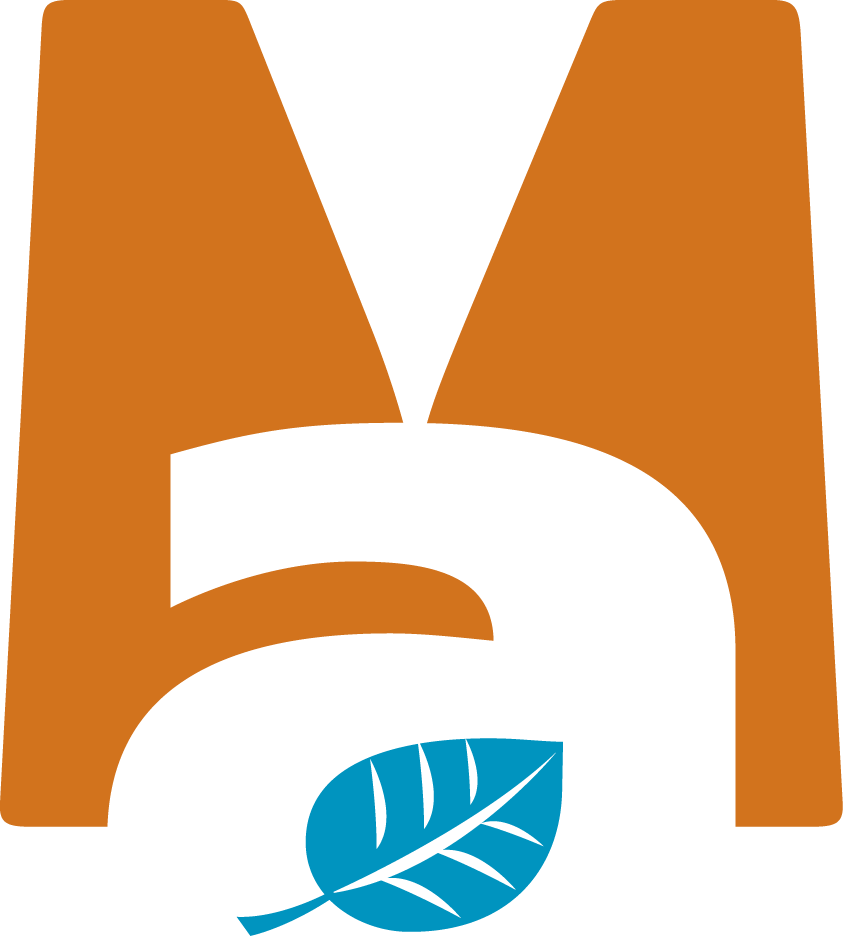
Ministry of Environment of the Republic of Lithuania
Progress of the project
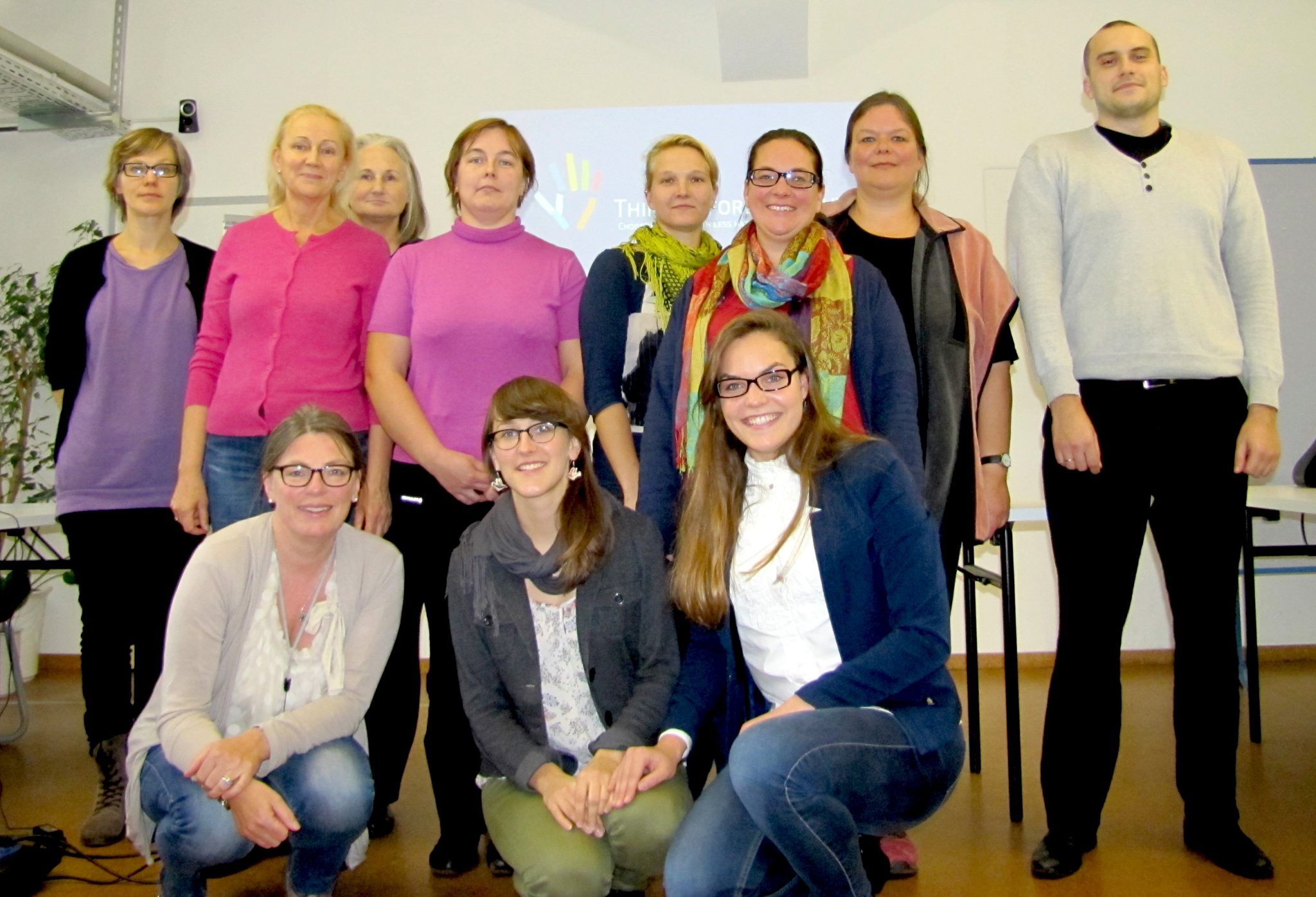
Inception Report (LIFE10 INF/EE/108): covering activities 01.10.2011 – 31.05.2012
Mid-term Report (LIFE10 INF/EE/108): covering activities 1.04.2012 – 30.04.2013
Progress Report (LIFE10 INF/EE/108): covering activities 1.05.2013 – 30.04.2014
